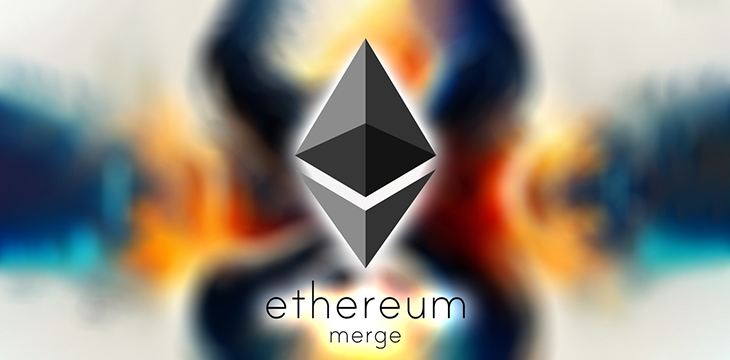|
Getting your Trinity Audio player ready...
|
United States Securities and Exchange Commission (SEC) chair Gary Gensler has once again hinted that Ether is likely a security under U.S. law. His comments immediately came after Ethereum completed “The Merge,” its shift to a proof-of-stake (PoS) transaction processing algorithm.
Ether (ETH) is the native digital asset of the Ethereum blockchain. Although ETH was ostensibly created to pay for computing functions on Ethereum, the asset is often referred to as a “cryptocurrency” by its fans and the media—and used as such. After BTC, it has the second highest market cap of any blockchain digital asset, with a unit price of $1,474 and a total supply worth $177.66 billion.
Gensler has indicated in the part that ETH is more like a security than a commodity and that he regards only Bitcoin as a commodity in the legal sense. Ethereum’s shift to PoS this week might shift the pendulum more towards a “security” definition, though. Rather than earning ETH via block subsidies by performing mathematical functions with physical hardware (proof-of-work), under PoS Ethereum, “validators” now only need to stake a minimum of 32 ETH to have a shot at the reward.
That reduces Ethereum’s overall energy consumption by over 99%, supporters claim. However, it also makes ETH look a lot more like an investment, with stakers seeking a return on the money they’ve contributed. While not naming Ethereum specifically, Gensler told the Senate Banking Committee that digital asset exchanges and other online providers who offer PoS blockchain “staking services” look very similar to lenders.
Gensler told the Wall Street Journal that “from the coin’s perspective…that’s another indicia that under the Howey Test, the investing public is anticipating profits based on the efforts of others.”
There may also be many parallels in the traditional business/finance world to how Ethereum and other blockchains govern themselves. Supporters like Erik Voorhees praised Ethereum’s Merge as an “emergent order” and “without the centralization of a corporation, without the coercions of governments, without patents.” However, others pointed out that final decisions over what to include in blockchain protocol rules still come from small groups with a common set of interests, no matter how many people eventually worked on the code and made suggestions.
https://twitter.com/DinterDennis/status/1570664836169895936
Not all regulators agree with Gensler, and Commodities and Futures Trading Commission (CFTC) head Rostin Benham has indicated BTC and ETH are more like commodities. A bill titled “The Responsible Financial Innovation Act” from U.S. Senators Kirsten Gillibrand (D-NY) and Cynthia Lummis (R-WY) also looks to clarify the official definitions of most digital assets. That bill also regards BTC and ETH as commodities while assigning the term “ancillary asset” to other digital assets—which is basically the same as security.
How is BSV different from this?
Bitcoin SV is the correct technical implementation of the original Bitcoin protocol software released in 2009 by Satoshi Nakamoto. There was no “pre-mine” and no expectation that Bitcoin’s native token would ever have a real-world monetary value. It was essentially a unilateral contract between Nakamoto and voluntary Bitcoin “miners” that if they contributed their computing power, they would receive Bitcoin units. For some time after Bitcoin’s launch, the unit, indeed, had no monetary value at all. Digital asset trading for fiat currencies was a phenomenon that arrived later.
All other blockchains, including Ethereum, were launched in the years following Bitcoin. By this stage, it had become clear that blockchain digital assets had monetary value and that they could be lucrative if enough traders backed them. Even if their protocol rules were similar, there was now a profit motive for early investors to buy digital assets and promote their value.
BSV retains Bitcoin’s original protocol rules, which are officially “set in stone” and placed under the stewardship of the Bitcoin Association for BSV, a Swiss not-for-profit foundation. Others claiming the “Bitcoin” name, including BTC and BCH, have altered the original Bitcoin protocol rules to make them essentially newer assets.
In this sense, Bitcoin is unique in the digital asset world, and only BSV’s rules still represent that original contract between Satoshi Nakamoto and PoW miners. Regulators, lobbyists, and users will continue to wrangle over exact definitions for some time, each with their own motivations. But there is a clear difference between the world into which Bitcoin launched and that of other blockchains.
Watch: BSV can do micropayments, Ethereum cannot

 12-14-2025
12-14-2025 





